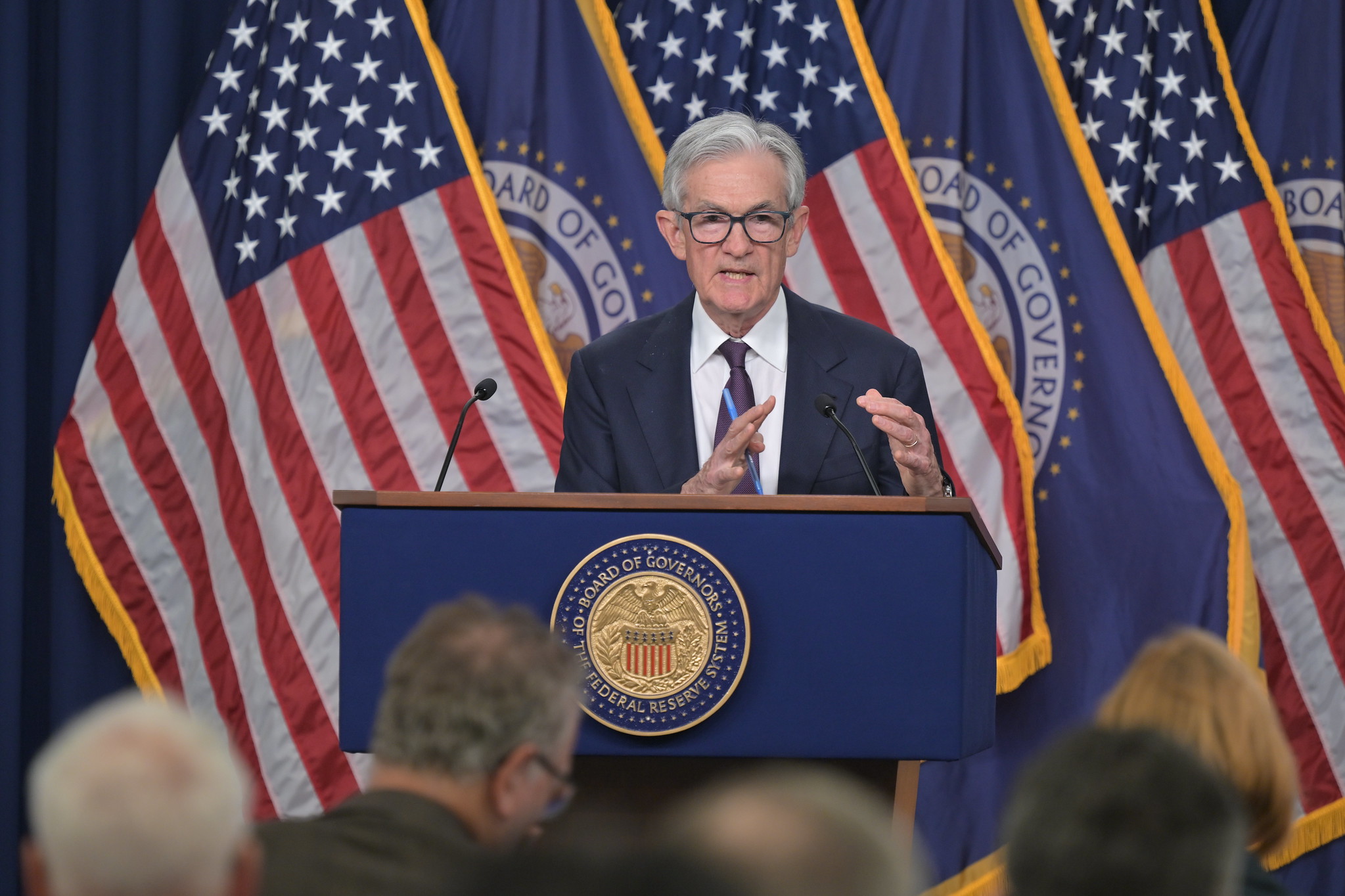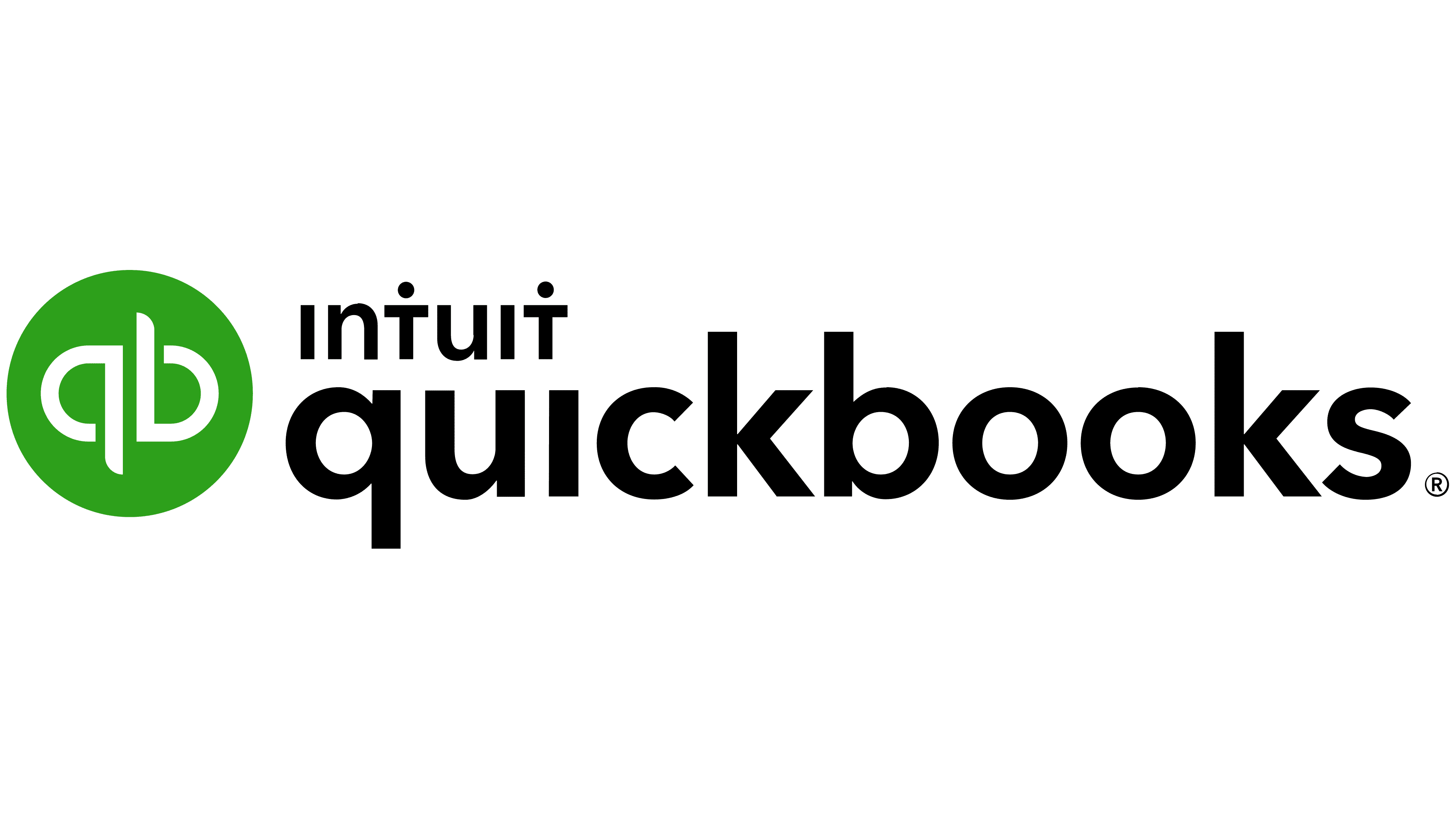I am sure casual 401(k) investors have read at least one article about the merits of diversification along with asset allocation and dollar cost averaging. These are three pillars of financial services provider marketing themes. Your 401(k) provider web site would be more than happy to help. They could fill up the rest of your day with these familiar 401(k) investment management strategies along with a wide range of resources and online tools to help you get started.
But both stocks and bonds performed badly in 2022, and the standard 60% stock/40% bond portfolio posted one of its worst showings in years. So far in 2023, 401(k) investment returns are not much better. 401(k) accounts I have recently reviewed are on up in value due to year-to-date contributions. Recent 401(k) investment returns have caused many investors to wonder how to protect their portfolios against stock and bond market losses for the rest of 2023.
Here is a hint: Do not follow the popular 401(k) investment management strategies. Your annual investment performance will suffer, and you deserve better. The first problem with diversification is with bond prices. Inflation has been a killer, and the Federal Reserve has been hiking interest rates to get it under control, with no end to rising rates in sight. When interest rates go up, bond prices go down. Even worse, many 401(k) bond mutual funds invest in long-term bonds, which fare the worst when interest rates rise.
The Federal Reserve raised interest rates again on May 3, and Since March, U.S. interest rates have risen over 5%. Could you withstand a 5% rise in your home mortgage rate? Then do not expect your 401(k) bond mutual funds to fare any better. Long-term bond mutual funds cannot provide much needed diversification. The popular target term mutual funds found on most default 401(k) are at high risk of principal loss now.
Diversification will not prevent further 401(k) principal losses until interest rates stop rising. The Federal Reserve has been clear. If the rate of inflation does not fall, there will be more interest rate hikes, and bond mutual funds will continue to lose more principal value in the future. The reality is clear: The relationship between stocks and bonds has undergone a dramatic secular change and 401(k) investors need to adjust their risk tolerance and investment objectives.
For the last three or four decades interest rates, have trended down but since early 2022 that trend has reversed in a big way. The long-term historical correlation between stocks and bonds moved from negative to positive, and 401(k) investor principal losses followed thanks to both stock and bond market losses, a rare double whammy for any 401(k) investor.
The best asset class to preserve your 401(k) principal is the money market fund. Because it’s boring and predictable, it’s never been a popular 401(k) investment option according to company 401(k) providers. In most years, I would agree, but not now. A 401(k) has principal risk in both stock and bond mutual funds now.
Do not feel overwhelmed by the responsibility of managing your 401(k) because right now, your number one goal is clear: Preservation of principal. Do not lose any more money with a “buy-and-hold” 401(k) investment management strategy. “Set-it-and-forget-it” has also failed once again, like it has every few years. Economics, interest rates, and the stock market environments have changed. Individual 401(k) investors should change their retirement plan investment objectives.
For 401(k) principal growth to happen again, interest rates must stop going up and stock prices must resume an upward trend, making this a difficult task, so until then, 401(k) principal preservation is your number one investment management goal.
The views and opinions expressed herein are the views and opinions of the author and do not necessarily reflect those of Nasdaq, Inc.






































